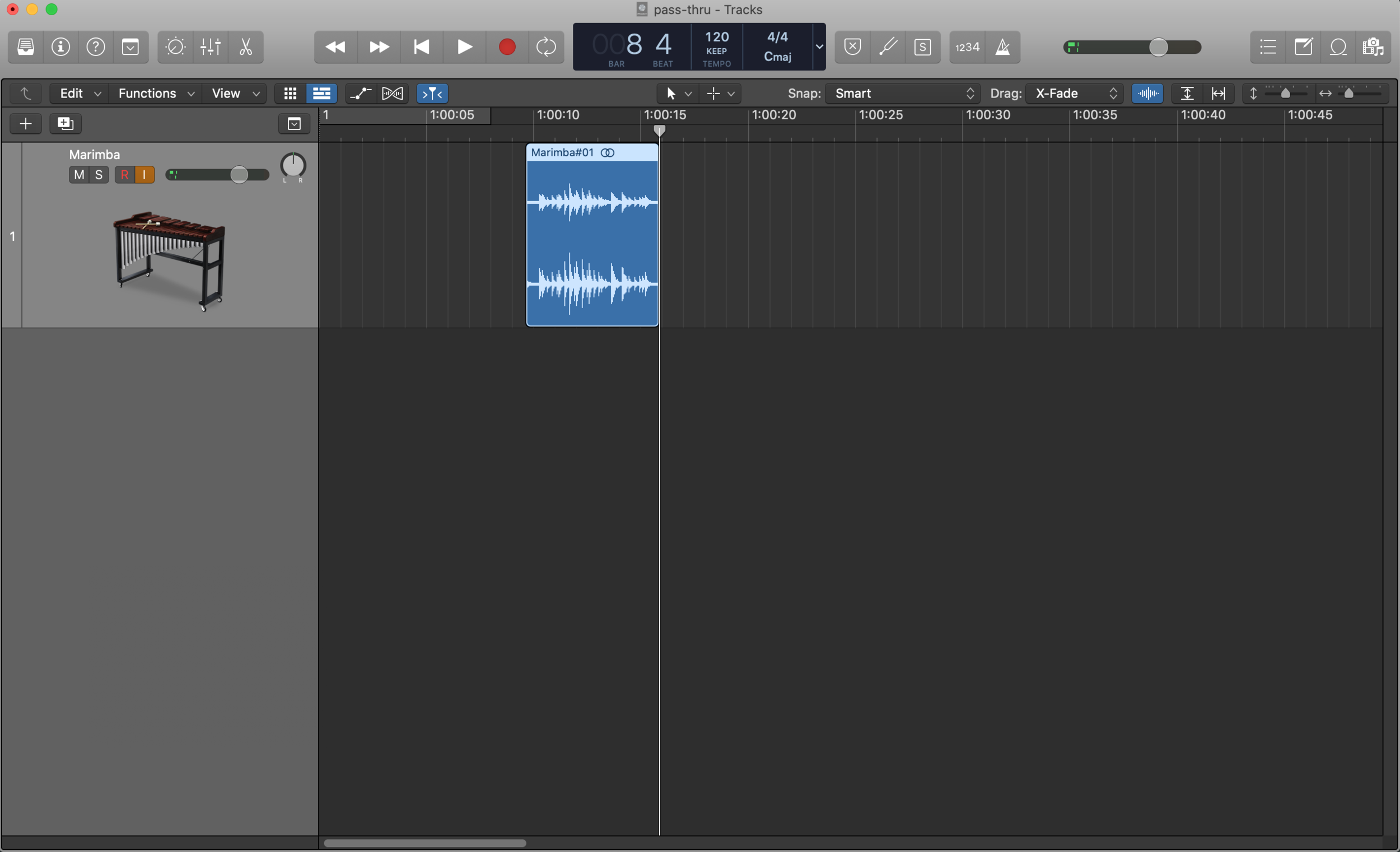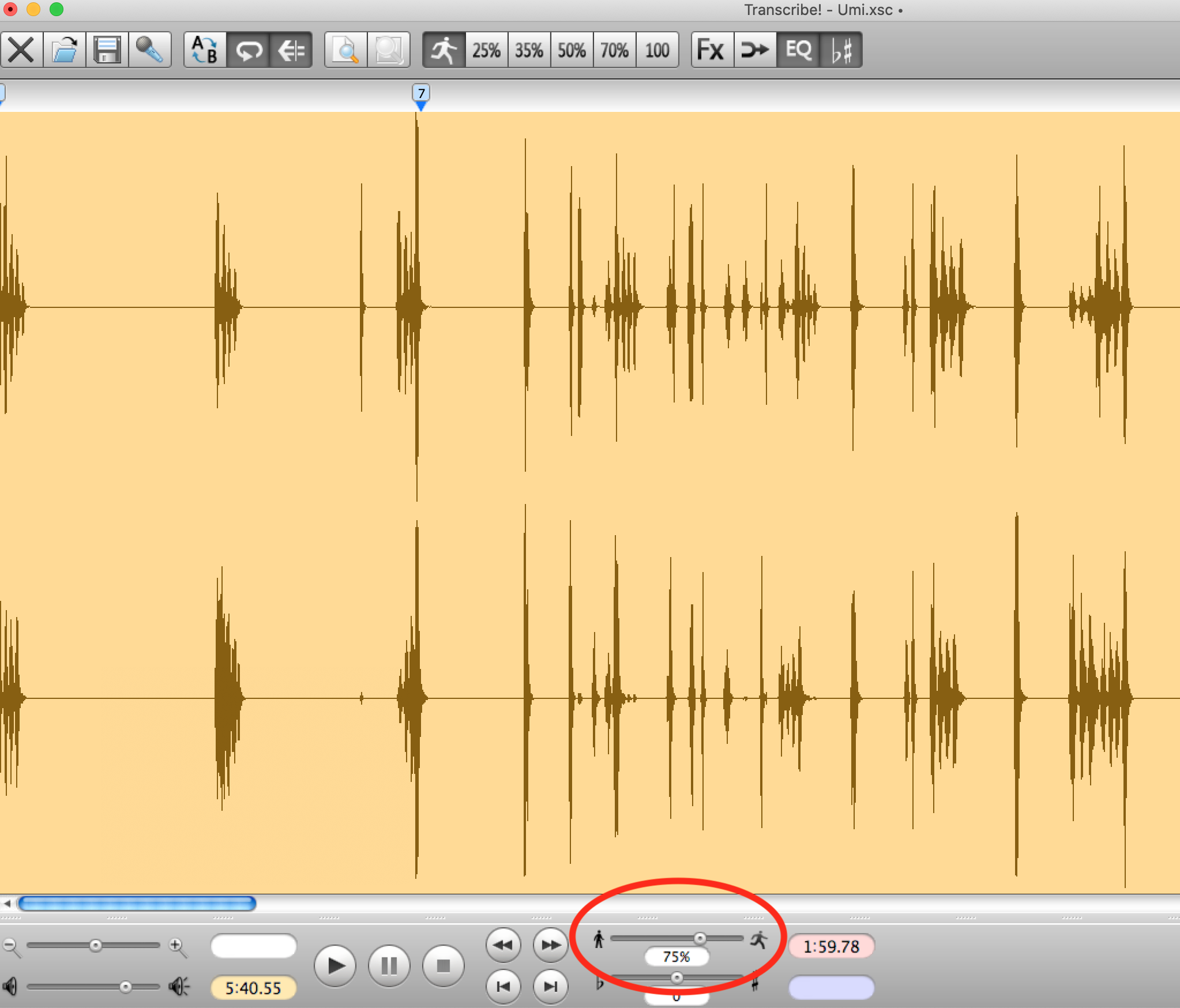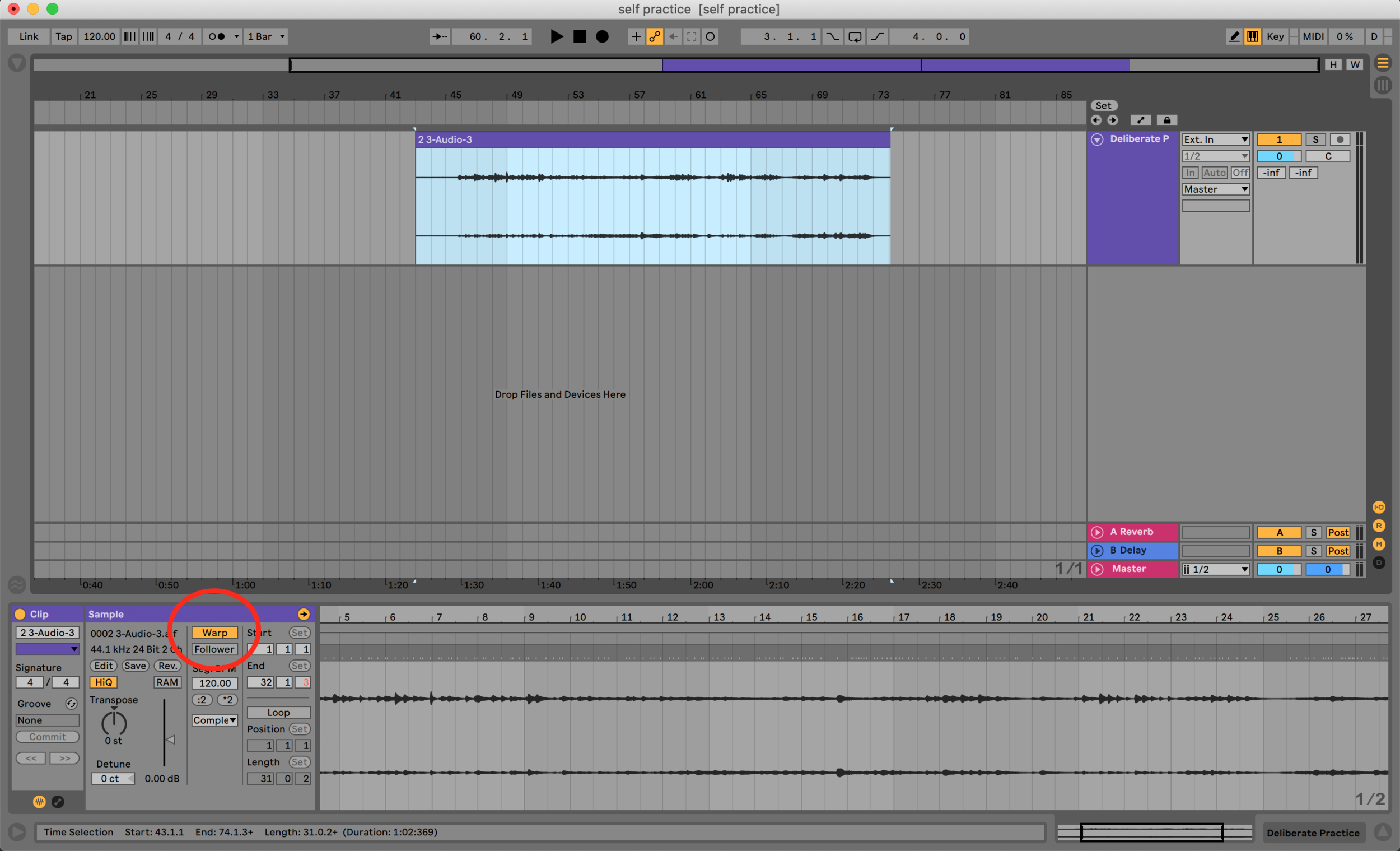Thoughts on history, culture, music, the details of our world, and how learning matters. Written by a musician and professor, Learn with Mike provides insight and resources for those looking to maximize their creative potential through developing the skill of learning. Also posts from On Learning Percussion, my more practical posts about musical learning that I hope are helpful for curious learners.
Improve In 10 Minutes: Recording in the Practice Room
|
Today, let’s focus on improving significantly in 10 minutes or less. The secret: recording yourself, listening critically, and making an effective, creative, and durable change. It works! Many people have written about the value of self-recording in the practice room. Here’s a terrific argument.I’ve written before about how I use recording in my practice. Why do I consider self-diagnosis a creative act? It combines active and objective listening with comparison against some notion of how something should be (a mental representation). It requires thoughtful and responsive ears, a deft touch with adjectives (try and come up with 5 specific words to describe your playing after hearing a recording), and the ability to determine a specific course of action based on what has just been heard. Sounds like creativity to me! Get Better Quickly in 10 MinutesPick a spot to practice. Record yourself. Listen three to four times and make smart notes. I listen first for musicianship, and other big picture ideas, then for timing, then for intonation or tone quality, and finally for accuracy. I proceed along 2 paths from this point.
This should take 10 minutes or so. It’s fast, clear, detailed, non-judgmental, and highlights musical and muscular learning. Win win win! This technique has been transformational for me over the past 25 years. There are, though, many other scenarios in which we can record ourselves. A few pertinent examples: Practice Performing
I like to record in the medium scale because it helps me tackle performance anxiety. When we practice, our goal is to think critically about our own playing, diagnosing issues and planning our next steps. When we practice, that immediate feedback is a recipe for disaster. We can hone our performative skills by putting ourselves into “performance” mode, knowing we have our recording to help my critical thinking later. Over time, one can quickly enter this reflexive performance mode more readily. On this point, using a medium sized chunk is essential. Too often we practice our performance skills by making full runs of pieces. This is akin to jumping from a warmup to a marathon, with no smaller races in between. Not a great idea. Performance ReviewGoals:
How-To:Listen back to a concert performance, comparing your memories of the event to the recording. Does it sound the way you imagined? If not, what is different? Orchestral players will frequently use their colleagues or recordings to help hone their sound in different acoustics, calibrating their sense of their sound up close with the reality from hundreds of feet away. In chamber music, I find listening to a performance at a later date can help me calibrate my interpretations: did that moment land the way I wanted it to, or was my inflection too small for the space? What You Need to RecordMicrophoneMy setup is stereo mics with audio interface and either Logic or Live. I prefer recording into software rather than to a standalone recorder because I like being able to quickly edit audio, loop passages, and compare against previous recordings while using visual and software inspection of waveforms as a quick check of my precision and consistency. On the road, I typically use a Zoom H4 or H6 for quick and dirty recordings. If the goal of our practice is to refine and develop our sound concept, we need good output as well as input. Either good headphones or good monitor speakers can help you make quality decisions about your sound. Peabody’s list of recommended equipment is a good jumping off point if you’re just getting started. The Ability to Slow the Recording DownI like to slow down my recordings to more accurately assess issues. Although most DAWs can change tempo without impacting pitch, Ableton Live’s warping feature is perfect for real-time adjustments. Transcribe! works wonders as well, although importing sound files into the program can be just slow enough to discourage me from using it.
Look at those waveforms!
Easily accessible tempo change
Warp! Notebook/Practice JournalKeep track of your practicing, your assignments for yourself, and your recording notes. I combine this notebook with my repertoire learning charts to keep myself on track. Why No Video?I typically record audio only in my practice sessions. Why? Video can lead to unnecessary bias. We have a tendency to listen with our eyes, saying that a passage sounds a certain way because it looks a certain way. It opens the door for dogma, and it’s a slippery slope towards the kind of narrow-banded thinking which cripples specialists. That kind of subjectivity is the opposite of what we’re trying to achieve when we record ourselves. Happy practicing! |
Learn with Mike
by Michael Compitello
Thoughts on history, culture, music, the details of our world, and how learning matters. Written by a musician and professor, Learn with Mike provides insight and resources for those looking to maximize their creative potential through developing the skill of learning. Also posts from On Learning Percussion, my more practical posts about musical learning that I hope are helpful for curious learners.
LEARN WITH MIKE Thoughts on history, culture, music, the details of our world, and why learning matters. From Michael Compitello 04/19/2024 Most of the time I write about “sticky” thoughts: ideas that have remained front of mind across numerous disciplines. But, while I’m reading about maps, Chopin’s placement of dotted 8th/16th note figures, and wondering about how referees train to execute basketball jump balls, I’m trying to put into practice ideas about how to make the teaching of musical...
ON LEARNING PERCUSSION Practice tips, musings on musicianship, and ideas about productivity, advocacy, and more. From Michael Compitello 03/08/2024 With a little bit of space between performances, and a number of doctoral students graduating this semester (get it, team!), I’ve been on a pedagogical kick, rounding up materials I’ve generated over the past few years and working to connect the dots between theory and practice. The scaffolding of my work on learning has become more clearly...
LEARN WITH MIKE Thoughts on history, culture, music, the details of our world, and why learning matters. From Michael Compitello 02/29/2024 I’m pleased to announce the release of the MikeDrop Podcast, a joint venture between myself and percussionist Mike Truesdell: Logo by Shaun Tilburg Mike and I chat almost daily about our approaches to music-making, productivity, pedagogy, and more, and we are going public, sharing some of our insights into issues facing contemporary musicians while...


